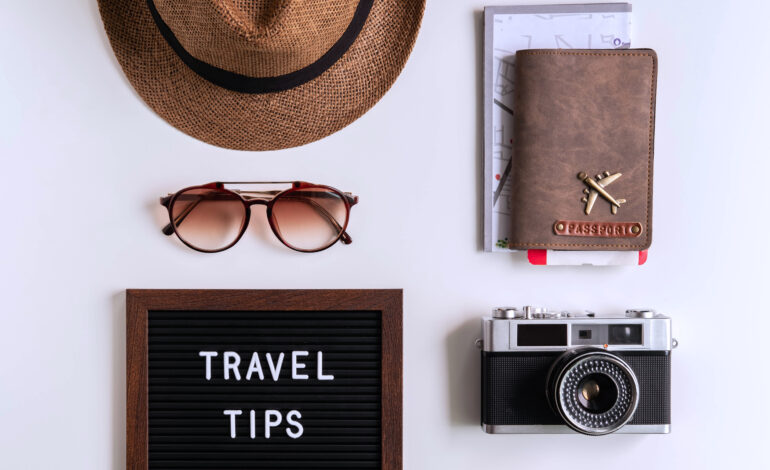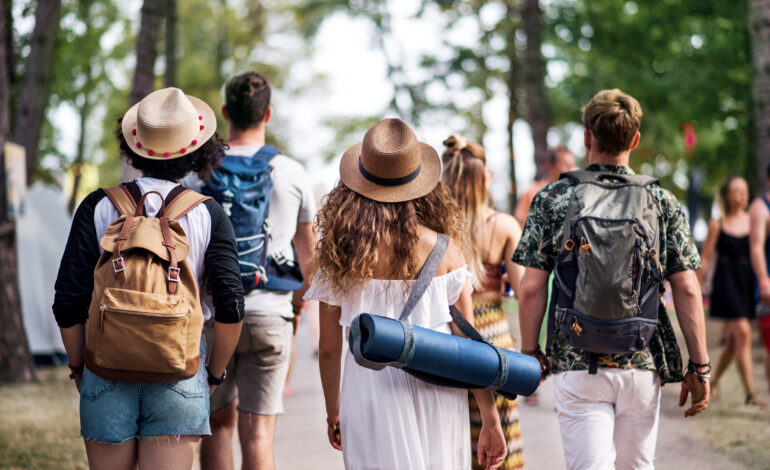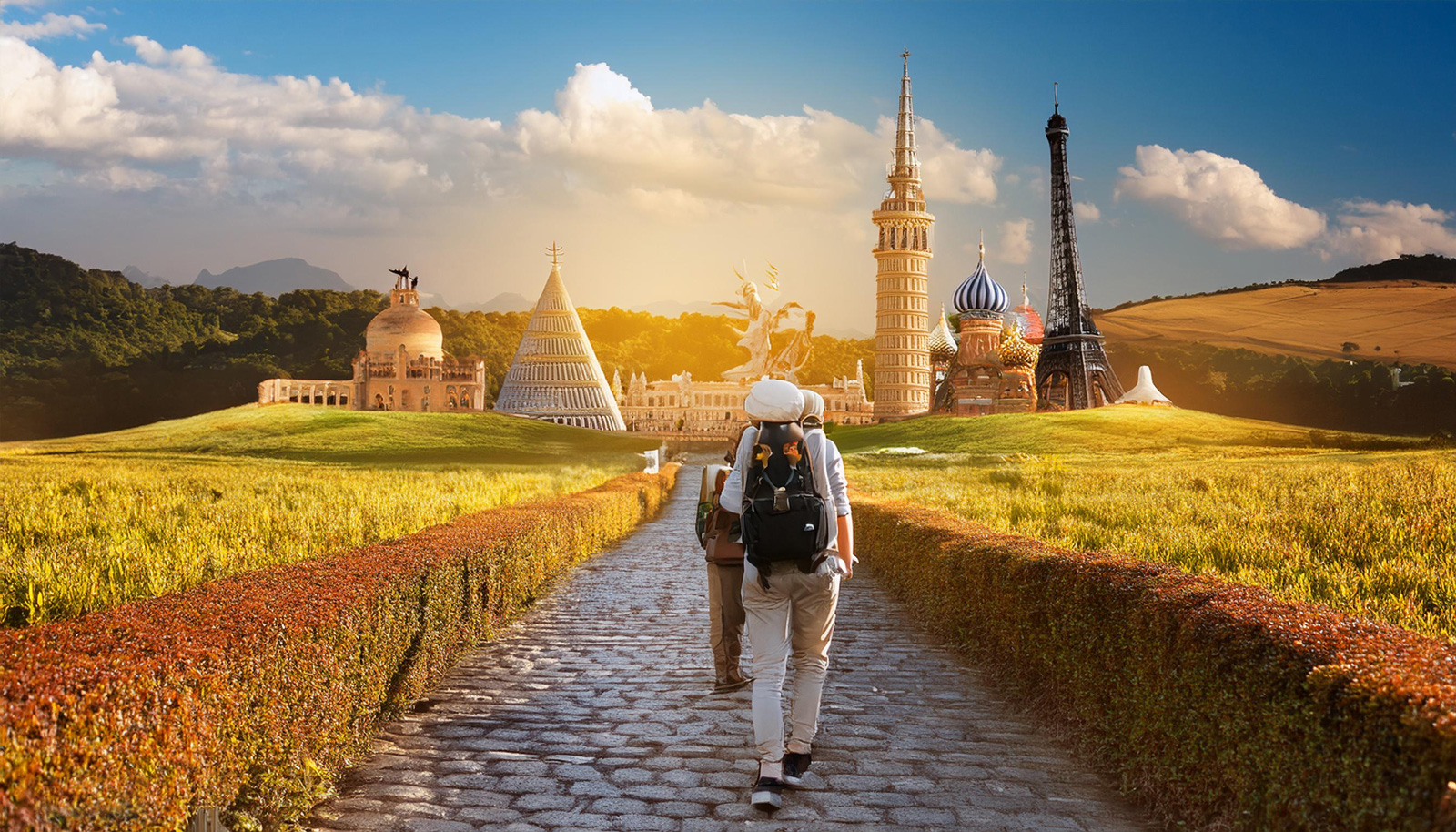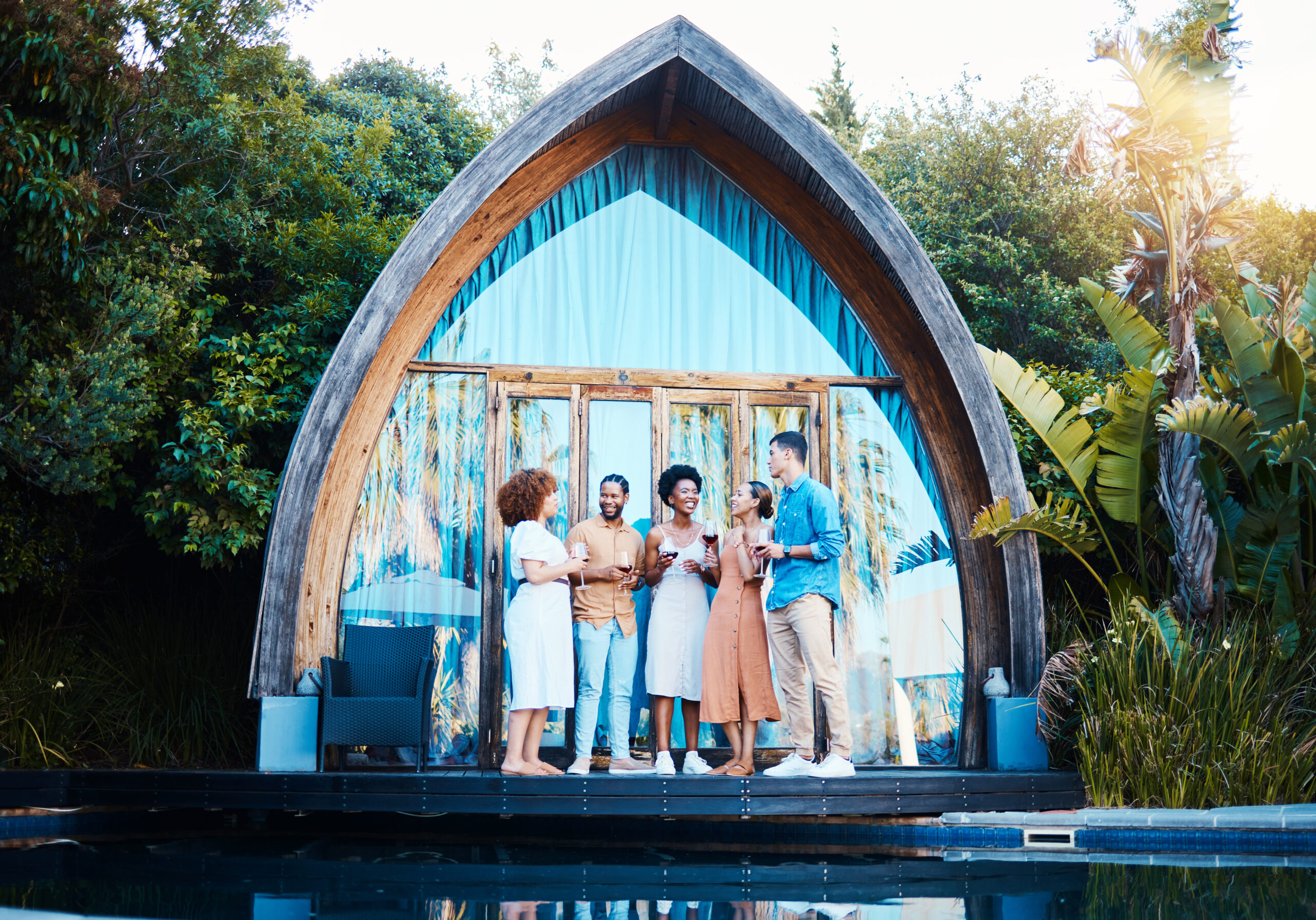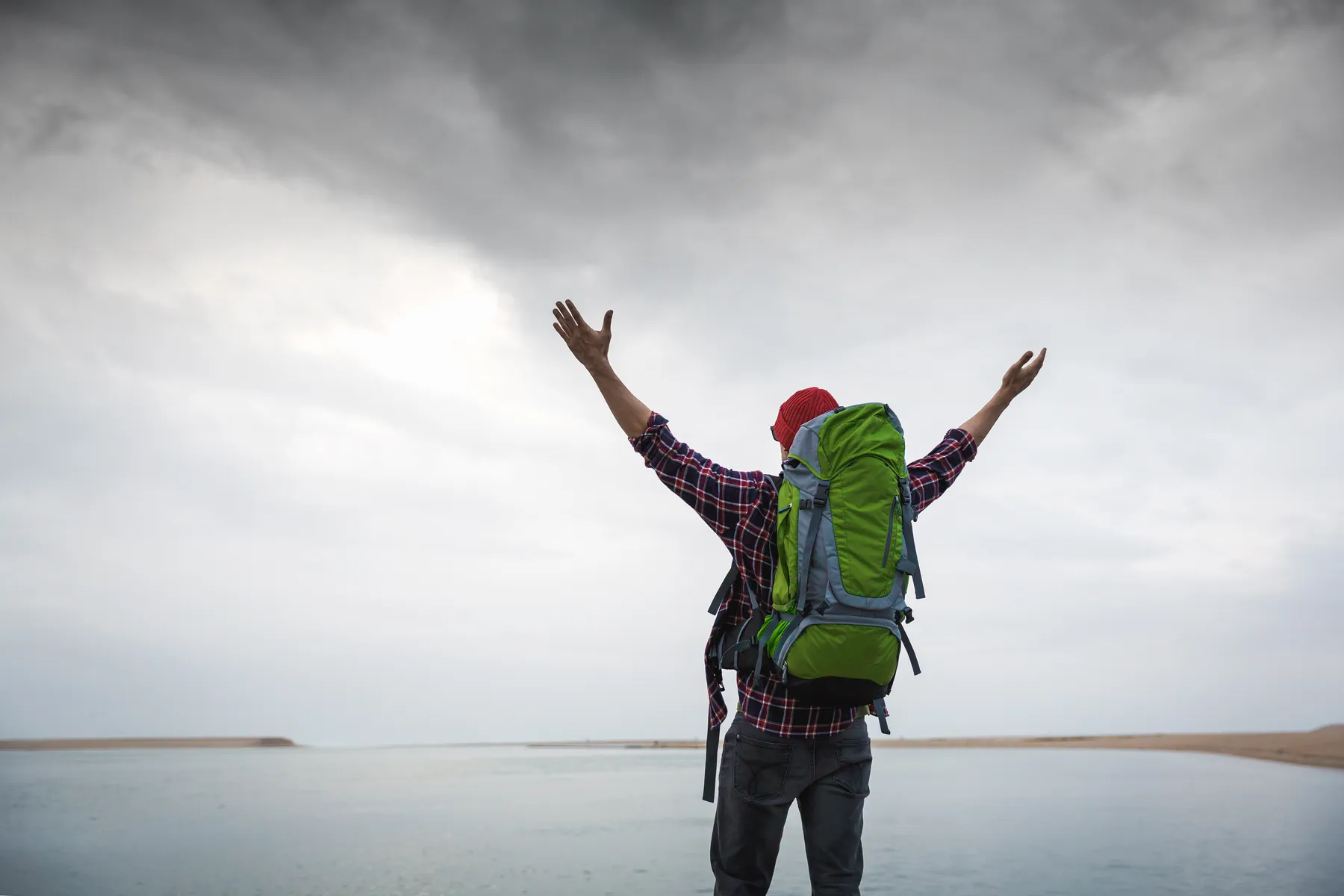Backpacking Essentials for Families
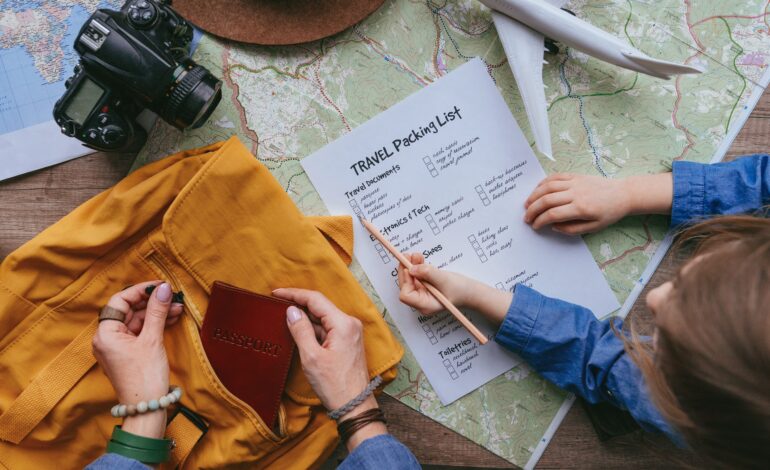
Introduction
Setting the Scene: Exploring the Great Outdoors as a Family
The great outdoors has always been a draw for families looking for fun and valuable time together. Especially backpacking offers a unique chance to make memorable memories surrounded by nature’s beauty. Picture a family hiking through thick woods, crossing streams that are running fast, and setting up camp under a sky full of stars. This activity makes family bonds more robust and makes people sincerely appreciate nature. Read our whole blog on backpacking essentials for families.
Read out our latest blog on the Backpacking Essentials List
Importance of Proper Preparation for Family Backpacking Trips
The idea of going backpacking with your family is exciting. However, carefully planning everything is the key to a good and enjoyable trip. Unlike backpacking alone or with a partner, taking care of a family’s different wants and safety concerns needs much thought. Ensuring everyone in the family is ready ensures everyone can thoroughly enjoy the experience, making the trip as memorable as the destination.
Purpose of the Guide: Providing Comprehensive Information on Backpacking Essentials for Families
This book is meant to be your go-to guide for confidently planning and carrying out a family camping trip. This guide will give you all the information and tools you need to have a great trip, whether you are an experienced backpacker showing your kids the beauty of the outdoors for the first time or a new family looking for an out-of-the-ordinary adventure. We’ll take care of everything, from picking out the right gear to planning healthy meals and ensuring everyone stays safe.
Planning and Preparation
Choosing the Right Destination
Considerations for Family-Friendly Trails
Choosing the right destination for a family camping trip is very important. Trails that are good for families are complex and easy so everyone can have a good time. When picking a path, think about the following:
- Difficulty Level: Choose tracks that aren’t too difficult or easy to please the whole family. Steep hills and challenging terrain may deter younger members.
- Distance: Look at how fit the least experienced walker is to determine trail length. Shorter or looped tunes may appeal to families.
- Scenic Beauty: Look for walks with beautiful scenery and exciting things that interest everyone, from kids to adults.
Researching Campsite Facilities and Amenities
As soon as you decide on a “destination,” look into the details of possible campsites. Doing research on the services and amenities at a campsite will make sure that the whole family has a comfortable and easy time:
- Water Sources: Ensure there are water sources at or near the shelters. This is important for cooking and keeping things moist.
- Restrooms and Bathing Facilities: These are essential if you have young children. Make sure there are bathrooms and spaces for bathing.
- Safety Measures: Check out the safety features of the campsites, like fire pits and ranger stations, and advice on how to get help in an emergency.
Setting Realistic Expectations
Assessing Fitness Levels and Abilities
Knowing what each family member can and can’t do physically is essential before planning a camping trip. Take a look at the following:
- Training: Get your family to exercise before the trip to help them stay strong and healthy.
- Weight Distribution: Adjust backpack weight to each person’s strength. Everyone can be comfortable with lighter loads for kids and heavier burdens for adults.
Planning Age-Appropriate Activities and Itinerary
Making changes to the plan to meet the different wants and needs of family members is essential for a peaceful trip:
- Activity Options: It would help if you planned various activities that people of different ages can enjoy. For example, nature walks suit younger kids, while more challenging hikes are better for teens.
- Rest Stops: Plan many breaks and rest stops during the trip so everyone can recover and enjoy the scenery.
- Flexible Schedule: Be flexible with itinerary changes based on group energy and preferences. Flexibility reduces stress for everyone.
Essential Gear and Equipment
Before going on a family camping trip, you should carefully consider what gear will make the journey more comfortable, safe, and fun. In this part, we’ll discuss the essential things every family should have in their backpack.
Shelter and Sleeping Gear
Family-sized Tents and Sleeping Bags
Picking the right cover is essential for a good night’s sleep outdoors. Family-sized tents have plenty of room for everyone:
- Capacity: Choose a tent big enough to fit your whole family easily. For more privacy, some tents have different areas where you can sleep.
- Weather Resistance: Make sure that the tent is made to last in the weather that you expect. Look for things like materials that are waterproof and have enough airflow.
- Sleeping Bags: Choose sleeping bags that can handle a range of temperatures. Think about the weather where you’re going and pick bags that will keep you warm.
Sleeping Pads and Pillows for Comfort
A good night’s sleep is essential for being ready to climb in the morning. Buy sleeping pads and pillows that are comfortable:
- Insulation: Putting down a sleeping pad keeps you warm on cold ground. Pick pads that are thick enough and have enough insulation for extra relaxation.
- Compactness: Pick out bed pads that are light and simple to carry. A lot of them are made to be inflated and deflated for easy storage.
- Compact Pillows: You can bring inflatable pillows that can make a big difference in how well you sleep and will only take up a little room in your backpack.
Clothing and Footwear
Layering Systems for All Weather Conditions
The weather in the great outdoors is hard to predict, so it’s essential to have a clothes system that can be used in a variety of situations:
- Base Layer: With moisture-wicking base layers, sweat stays away from the skin, keeping you comfortable while you work out.
- Insulating Layer: Layers of insulation keep body heat in when it’s cold outside. You can choose fleece jackets and downcoats.
- Outer Layer: A layer on the outside that is waterproof and windproof keeps out rain and strong winds. For safety reasons, look for materials that let air pass through them.
Sturdy and Supportive Footwear for Hiking
For ease and to avoid getting hurt on the trail, picking the right shoes is essential:
- Hiking Boots: Buy climbing boots that are strong, waterproof, and have ankle support. Your choice should be based on the landscape and the weather.
- Socks: To avoid getting blisters, wear socks that wick away sweat. For longer trips, you should bring an extra pair.
- Gaiters: Gaiters can keep your lower legs dry and free of mud, water, and other things that could get in the way while hiking.
Cooking and Food Supplies
Lightweight Cooking Gear and Utensils
Cooking gear that works well lets you make hot, healthy meals while you’re on the trail:
- Portable Stove: Small and light stoves are great for family camping. Some models are made to work with different kinds of fuel.
- Cookware Set: Get a set of pots, pans, and cooking tools that are all lightweight. For easy cleanup, look for choices that don’t stick.
- Multi-tool: A multi-tool that can do many things is handy, from making food to fixing gear.
Nutritious and Portable Food Options for the Trail
Planning healthy meals that are easy to carry is essential for keeping your energy up during your trip:
- Dehydrated Meals: Dehydrated meals are small, light, and easy to make by adding hot water. They come in many types so that everyone can find one they like.
- Trail Mix and Snacks: Bring a range of snacks that will give you energy, like dried fruit, trail mix, and granola bars
- Hydration: Bring a water filtration device or purification tablets to ensure you have clean water. It would help if you stayed refreshed to keep your energy up and your health in general.
Budget-Friendly Options and Alternatives
Going camping with your family doesn’t have to cost much money. This part talks about creative and inexpensive ways to get the gear and supplies you need for outdoor activities so that money stays in the way of your plans.
Renting or Borrowing Gear
Cost-Effective Solutions for Gear and Equipment
To save money while still getting the most out of good gear, renting or borrowing it is a smart move:
- Outdoor stores in your area: Many stores selling outdoor gear let you rent blankets, sleeping bags, and other necessities for much less than buying them.
- Online sites for renting: Check out websites that specialize in renting outdoor gear. A lot of the time, these sites offer many choices and can send items straight to you.
- Family and friends: Ask family and friends if they have any camping or hiking gear. Borrowing things can help people connect and save much money.
Community Resources for Outdoor Gear Rentals
Several community-based organizations make it easier to get outdoor gear, often for little or no cost:
- Gear libraries in your area: People can take outdoor gear from gear libraries or lending programs in some towns and cities. Talk to neighborhood centers or environmental groups in your area.
- Meetups and clubs for the outdoors: Outdoor clubs and meetup groups are great places to meet other people who love the outdoors and might be willing to give or rent gear.
- Forums and classified ads online: Check out online groups and classified ads where people may rent or sell used gear at prices that keep the bank intact.
DIY and Homemade Gear Solutions
DIY Camping Gear and Equipment Hacks
Making your camping gear can be a fun and inexpensive way to make your trip more unique. Think about these do-it-yourself hacks:
- Making a stove: Use metal cans to create a lightweight alcohol stove. You can find many lessons online that will walk you through the process.
- How to Make Your Sleeping Pad: Closed-cell foam or layers of bubble wrap wrapped in a strong cloth sleeve can be used again or recycled to make a cheap sleeping pad.
- The Tarp Shelter: Instead of buying an expensive tent, make a cover from a simple tarp. This saves money and gives you a different kind of camping experience.
Repurposing Household Items for Outdoor Adventures
You can find creative answers right at home by reusing everyday items for your trips outside:
- Containers for storage: Store food in plastic cases with lids that seal tightly to keep it safe from water and bugs.
- Using yoga mats as bed pads: A yoga mat can keep you warm and comfortable while you sleep outside if you don’t have a good sleeping pad.
- Towels made of T-shirts: Towels for camping can be made from old T-shirts because they are light and dry quickly.
Conclusion
An exciting idea is to go on a family backpacking trip through the beautiful woods, where you can make memories that will last a lifetime. The goal of this detailed guide was to give families all the information and tools they would need for a successful and happy backpacking trip.
A recurring theme in the book was “proper preparation,” which stressed the importance of carefully planning for the different needs and safety concerns of a family setting. It was agreed that picking the right location, finding family-friendly trails, and doing a lot of research on campsite facilities were essential to ensuring the trip was safe and comfortable.

